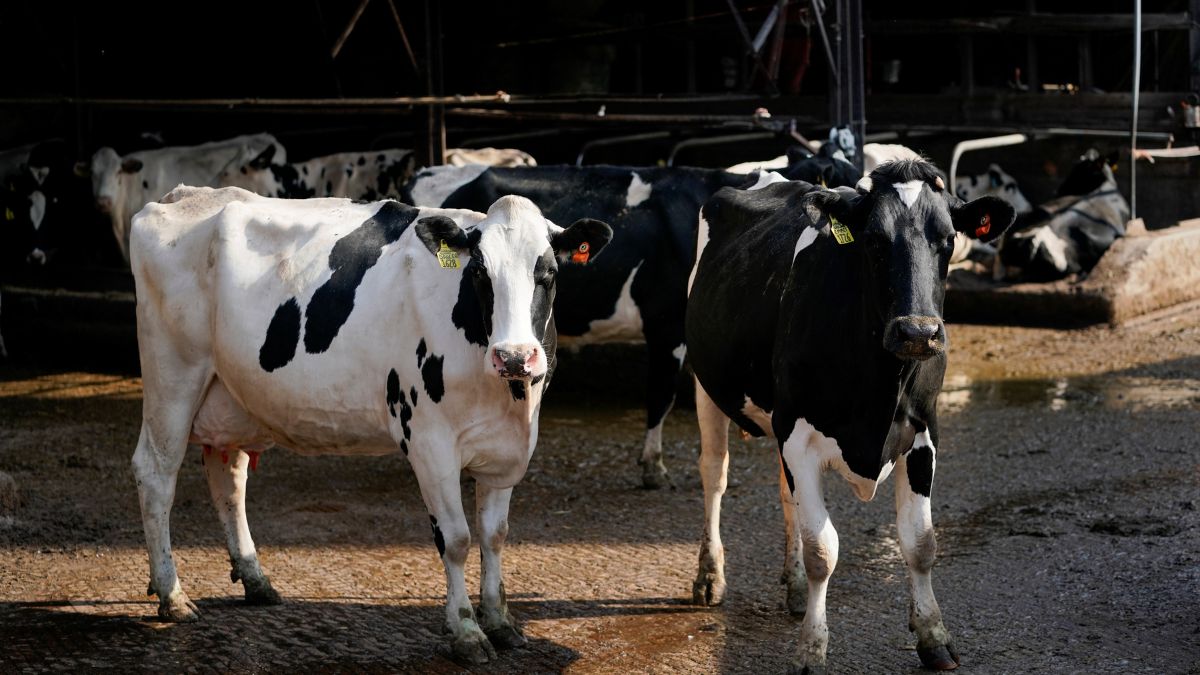Blood transfusion is a globally recognised method of treating conditions like severe anaemia, surgical blood loss, infectious diseases and bleeding disorders in animals
The central government has published the first-ever guidelines on blood transfusion and blood banks for animals, addressing a critical gap in emergency animal healthcare.
The ‘Guidelines and Standard Operating Procedures for Blood Transfusion and Blood Banks for Animals in India’ establish a scientific framework for animal blood donation, storage and transfusion procedures that were previously conducted without national standards, an official statement said.
Blood transfusion is a globally recognised method of treating conditions like severe anaemia, surgical blood loss, infectious diseases and bleeding disorders in animals. Prior to the SOPs, most transfusions were carried out in emergencies without standardised donor screening, blood typing or storage protocols.
Here are eight things to know about it:
-
Establishment of state-regulated veterinary blood banks with biosafety-compliant infrastructure
-
Mandatory blood typing and cross-matching to prevent incompatibility reactions
-
Donor eligibility criteria, including health, vaccination, age, weight, and disease screening norms
-
Emphasis on voluntary, non-remunerated donations and informed consent with a Donor Rights Charter
-
Integration of One Health principles to manage zoonotic risks
-
Standardised SOPs, forms, and checklists for donor registration, transfusion monitoring and adverse reaction reporting
-
A roadmap for establishing a National Veterinary Blood Bank Network (N-VBBN) with digital registries, real-time inventories, and an emergency helpline
-
Incorporation of training modules into BVSc & AH curriculum, postgraduate programs and Continuing Veterinary Education
India’s livestock sector comprises over 537 million animals, while companion animals number more than 125 million. The combined sector contributes 5.5 per cent to national GDP and over 30 per cent to agricultural GDP, supporting food security and rural livelihoods.
The guidelines, issued by the Department of Animal Husbandry and Dairying, were developed through consultations with the Veterinary Council of India, veterinary universities, research institutes, state governments and practising veterinarians to align with global standards.
With inputs from agencies
End of Article

)

